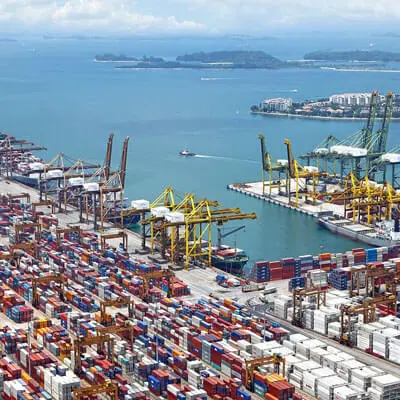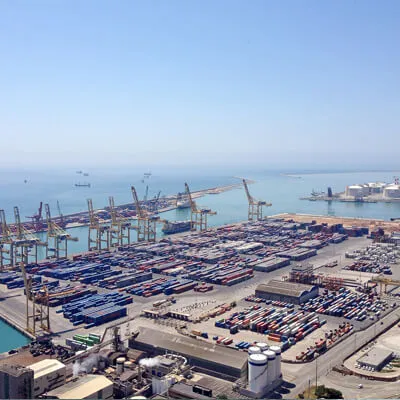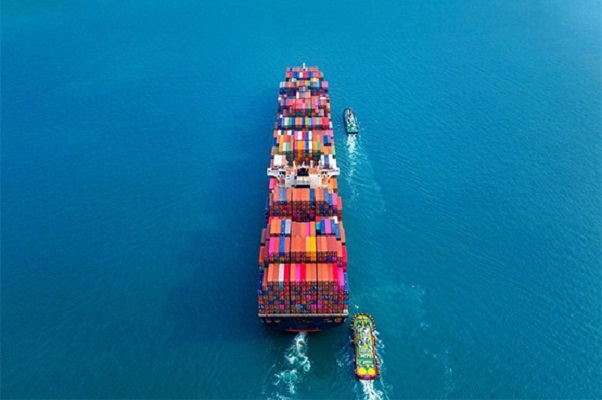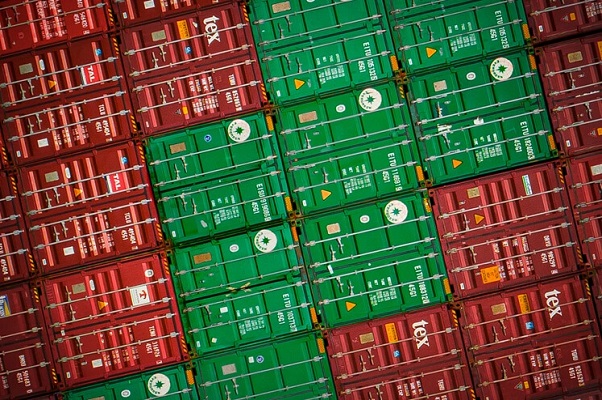+
DAP (Delivered at Place) is a shipping Incoterm where the seller is responsible for all costs and risks associated with delivering goods to the agreed destination, typically the buyer’s premises. It is applicable to various modes of transportation, including sea, air, road, and rail freight. Under DAP, the buyer is only responsible for unloading the cargo and managing import duties and customs processes.
However, buyers should note that DAP doesn't cover all potential costs beyond the product price. Buyers must account for expenses like freight insurance, import taxes, customs brokerage fees, and unloading costs at the final destination.
DAP has replaced previous Incoterms such as DAF, DES, and DDU, which are now obsolete.
Export Packaging: Preparing goods for export.
Loading Charges: Covering costs to load goods at the seller's location.
Delivery to Port/Place of Export: Arranging transportation to the port or export location.
Export Duties, Taxes, and Clearance: Handling all export-related costs and documentation.
Origin Terminal Handling Charges (OTHC): Paying for terminal handling at the origin.
Loading on Carriage: Covering the cost of loading the goods onto the transport carrier.
Freight Charges: Paying for shipping to the agreed destination.
Destination Terminal Handling Charges (DTHC): Handling terminal fees at the destination.
Delivery to Final Destination: Ensuring goods reach the buyer's specified location.
Buyer's Responsibilities
Unloading at Destination: Covering costs for unloading goods at the final destination.
Import Duties, Taxes, and Customs Clearance: Paying import-related fees, including any customs inspections.
Clear Cost Responsibilities: Buyers can easily identify which costs they are responsible for.
Minimal Risk for Buyers: The seller bears most risks until the goods reach the buyer's location, reducing the buyer's liability.
Improved Cash Flow and Inventory Management: Buyers can negotiate terms where payment is only made upon delivery, enabling better cash flow management. For routine reorders, sellers can store goods in bonded warehouses near the buyer's location, allowing quicker access to inventory.
Potential Delays: Customs clearance can cause delivery delays, and any resulting detention or dunnage costs are borne by the buyer.
Higher Overall Costs: Since the seller assumes more responsibility, shipping under DAP terms is often more expensive than relying on third-party logistics providers.
Risk for Sellers: Sellers face the risk of buyers refusing to pay import duties, potentially losing their goods. To mitigate this, sellers may require larger deposits or higher fees.
DAP is a flexible Incoterm offering significant benefits for both buyers and sellers, particularly for newer importers seeking to reduce risks. However, the higher costs associated with DAP require careful consideration.
Scenarios for Using DAP:
When buyers prefer to pay only upon delivery to their premises, minimizing upfront costs.
When sellers agree to store inventory in a bonded warehouse near the buyer, enabling faster fulfillment and reduced shipping delays.
When buyers need to consolidate shipments for multiple destinations, such as importing goods into multiple countries from a single source.
To ensure smooth transactions, clear communication between buyers and sellers is essential. Key details like the destination point, timeline, and responsibilities for unexpected costs (e.g., detention or storage fees) should be defined upfront. Buyers may also arrange pre-shipment inspections to avoid quality issues before goods leave the seller's location.
What's the Difference Between DAP and DDP?
While both terms are similar, the key difference lies in import costs:
Under DAP, the buyer pays for import duties, taxes, and customs clearance.
Under DDP, the seller assumes responsibility for these costs.
What's the Difference Between DAP and CIF?
Under CIF, the seller covers freight charges and insures the shipment, but the buyer pays destination charges, local delivery, unloading, and import costs.
Under DAP, the seller handles all costs except unloading and import-related fees.
Who Pays Freight Under DAP?
In a DAP agreement, the seller pays all freight charges, while the buyer only covers import duties, taxes, and unloading costs at the final destination.







